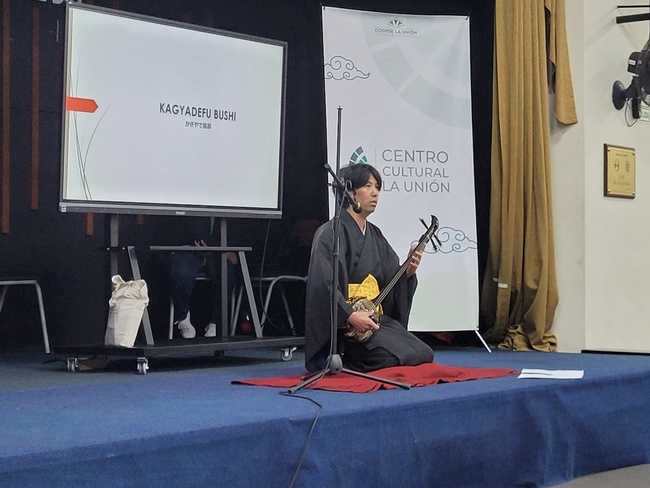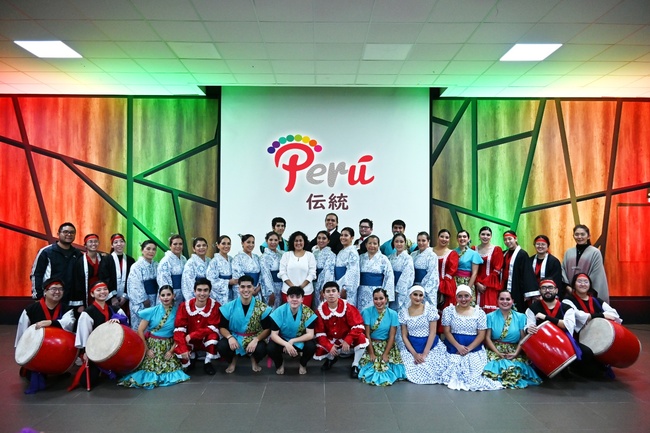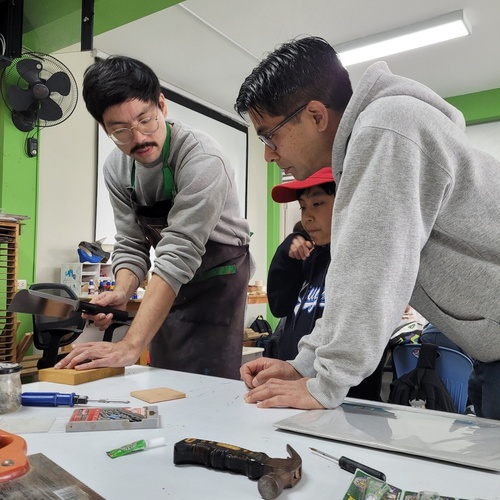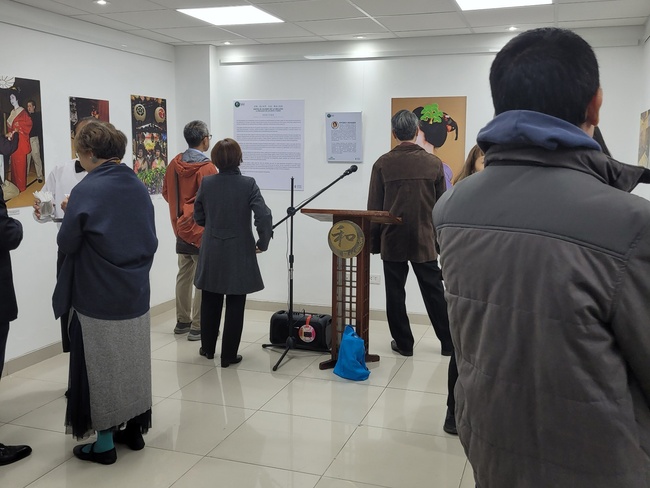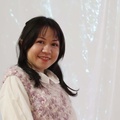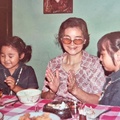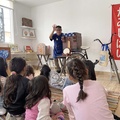When I left La Union School, it had reduced its weekly Japanese language hours as many more courses were introduced into the curriculum. I had gotten the idea that, with the amount of academic growth it was experiencing, the cultural side was not the school’s first priority.
After years of not thinking about my first home as a student, I was surprised to find that the cooperative to which the school belongs has a Cultural Center dedicated to the dissemination of Japanese culture to the student community, in addition to offering workshops that simultaneously benefit students, alumni and teachers.
I found out about the La Unión Cultural Center during the COVID-19 pandemic. I saw that they were starting out with workshops to prepare for English and Japanese exams. I was hesitant about the category of “cultural center” for activities like this. Checking their social media, I came across informational posts about different Japanese cultural customs. Although they did not yet have activities dedicated to Nikkei, it was clear that there was an effort to reinforce this aspect in the Union community. Did I have a misconception about Colegio La Unión when I left?
A couple of years later I came across that name again, Centro Cultural La Unión. They had formed an alliance with the PUCP’s Center for Oriental Studies, where I had been watching some talks about Nikkei identity. I checked their social media again. Japanese film festival, uchinaguchi workshop, talk about sanshin; proposals that I had never imagined I would see at school.
Curiosity and interest led me to decide to contact the Cultural Center. The person who was once my Japanese teacher, Raúl Nakasone, answered me. At first, he didn’t seem to recognize the name writing to him; I refrained from answering him by calling him “teacher.” His way of writing showed an enthusiasm for telling me everything he has worked on in this new professional stage. I gave him my information to coordinate a visit and interview him. “I have taught you, haven’t I?” he answered.
I went to school, where the activities of the La Unión Cultural Center also take place. I waited for my former teacher while I saw the changes that the institution has undergone. He welcomed me, asked me about myself and my family, and took me to a teachers’ area, where I had not been before as a student.
I learned that he was no longer teaching. He went from Japanese Language Coordinator to Institutional Relations Coordinator and, finally, added to the latter position that of Cultural Center Coordinator. He thanks Teresa Higuchi, the manager of the cooperative, for having given him these opportunities and for the confidence in the ideas he has for the project.
I now understand that the workshops I was skeptical about function as part of the financing so that the Cultural Center can have more cultural outreach activities, like the ones I learned about later. I also understand that most of the workshops are taught by teachers from the school, who benefit from having more teaching time. “Is that teacher still here?” I ask myself as I continue listening.
Making this Cultural Center grow has been a journey. Nakasone was not familiar with cultural management before the Academic Council gave him this challenge in his career. He prepared himself with courses on the subject and relied on the professional vision of the art teachers, whose names I was happy to hear. “I was also a former student, so I want to see my school do well,” he said.
One aspect of the Cultural Center that Nakasone would like to see improved is the involvement of alumni and parents. While recent alumni participate on weekends to continue the artistic activities they had at school, many former students, like myself, are unaware that the institution is open to them as well.
Each event that the Centro Cultural La Unión holds, especially those open to the general public, allows Japanese and Nikkei culture to spread throughout the country. Nakasone believes that his efforts complement those of many other Peruvian Nikkei institutions to achieve this goal. Hearing this statement not only clarified questions I had when I left school, but it also gave me hope that more exponents of Nikkei culture can continue to emerge with this example.
I continued my tour of the school with my former teacher. He took me to the art gallery that had caught my eye when I first learned about it. Here, those who excel in the Visual Arts courses have the opportunity to exhibit their work. Seeing student works in a room reminded me of all the paintings I left unfinished when I took the course. I found it valuable to know that current students not only have a course to express themselves, but with the gallery, they have a goal they can aim for by demonstrating their artistic abilities.
We reached the end of our tour, which for me was too short. I would have also loved to visit teachers who still worked there, curious to see if they remembered me as well. I said goodbye to my teacher, who thanked me for my interest in the Cultural Center. That interest will lead me to keep an eye on what they do in the future.
© 2024 Hiro Ramos Nako


